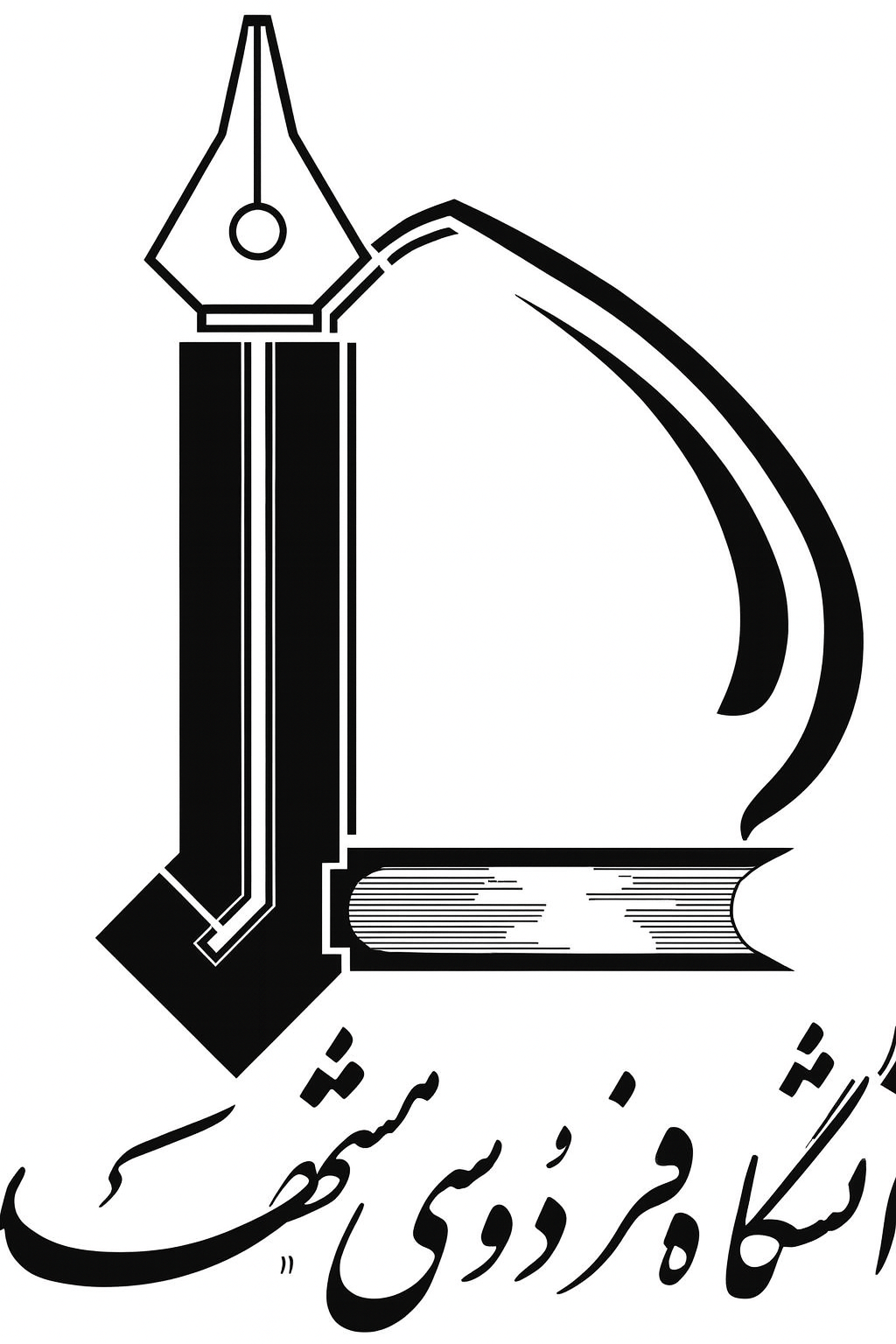Title : ( Nanotechnology for effective bovine mastitis treatment: Applications in biosensors and vaccines )
Authors: Soheil Sadr , Babak KHoramian Toosi , Zahra Sadat Yousefsani , Ahad Jafari Rahbar Alizadeh , Abbas Rahdar , Hassan Borji ,Access to full-text not allowed by authors
Abstract
A dairy farm s most significant economic loss is caused by mastitis, one of the most common diseases in dairy cows. Mastitis occurs due to many different pathogens, such as bacteria, fungi, and algae, and antibiotics are the first line of treatment and control. Alternative methods are therefore being investigated to eradicate pathogenic microorganisms that cause mastitis. Nanotechnology is a rapidly growing field that can manufacture new materials at the nanoscale level and has tremendous potential to revolutionize the agri-food industry by offering new treatments for bovine mastitis. Considering the increasing ineffectiveness of current therapies for resistant bacteria, developing innovative products that combine nanotechnology and phytotherapy may provide a sustainable animal health solution that can support the production of safe and high-quality food products while directly addressing a critical global problem such as antimicrobial resistance. Additionally, nanotechnology offers promising advancements in bovine mastitis research, with nanovaccines providing targeted and efficient delivery of antigens to enhance the cow\\\\\\\\\\\\\\\\\\\\\\\\\\\\\\\'s immune response and prevent the disease. On the other hand, nanobiosensors play a crucial role in the early detection of bovine mastitis, allowing for real-time monitoring of biomarkers and enabling prompt intervention, thus reducing economic losses and promoting animal welfare. Although nanoparticles have the potential to offer great benefits in terms of treating bovine mastitis, there are several challenges related to their toxicity, stability, environmental safety, and production costs that need to be carefully examined and addressed in order to facilitate their use. Considering the potential of nanoparticles, these challenges can be successfully managed if applied to the right areas, which will be a new and efficient therapeutic method for improving bovine mastitis and reducing drug resistance in livestock farms, given the potential of nanoparticles. In summary, nanovaccines, nanodrugs, and nanobiosensors show great potential in bovine mastitis, offering targeted prevention, effective treatment, and early detection capabilities, respectively.
Keywords
, Mastitis, Diagnosis, Nanovaccines, Nanobiosensors, Dairy cow, Treatment, Antibacterial resistance@article{paperid:1101803,
author = {Sadr, Soheil and KHoramian Toosi, Babak and Yousefsani, Zahra Sadat and Jafari Rahbar Alizadeh, Ahad and عباس رهدار and Borji, Hassan},
title = {Nanotechnology for effective bovine mastitis treatment: Applications in biosensors and vaccines},
journal = {OpenNano},
year = {2025},
volume = {22},
month = {February},
issn = {2352-9520},
keywords = {Mastitis; Diagnosis; Nanovaccines; Nanobiosensors; Dairy cow; Treatment; Antibacterial resistance},
}
%0 Journal Article
%T Nanotechnology for effective bovine mastitis treatment: Applications in biosensors and vaccines
%A Sadr, Soheil
%A KHoramian Toosi, Babak
%A Yousefsani, Zahra Sadat
%A Jafari Rahbar Alizadeh, Ahad
%A عباس رهدار
%A Borji, Hassan
%J OpenNano
%@ 2352-9520
%D 2025

 دانلود فایل برای اعضای دانشگاه
دانلود فایل برای اعضای دانشگاه
